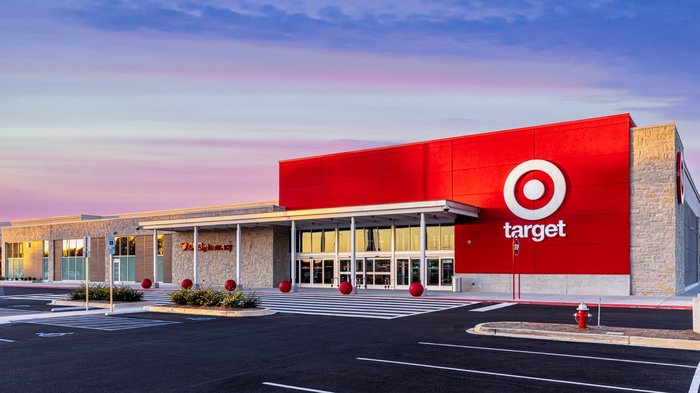These retailers have one thing in common
Bex Heart
Product Marketing Manager
Try Google Cloud
Start building on Google Cloud with $300 in free credits and 20+ always free products.
Free trialThey run containers on Google Cloud. Why is that important and why should you care?
Containers are at the heart of modern applications. According to the 2022 State of DevOps report, containers have been the number one deployment target for primary services and applications for the past two years, and adoption continues to accelerate rapidly.
Nowhere is this more evident than in the retail industry. In a world where improving inventory margins and operational efficiency is a top priority, containers allow retail organizations’ IT teams to do just that.
Google pioneered container technologies and Google Cloud is optimized for containers. The flexibility and velocity gained by running containers in Google Cloud have been essential for retailers in the application modernization journey. Here are three retailers who run containerized workloads on Google Cloud, and how it helps them stay ahead of the competition:
Carrefour
The Taiwan operation of global retail giant Carrefour chose a combination of Cloud Run and GKE to build on a more flexible and scalable infrastructure, accelerate growth and reduce its operational costs. The retailer now deploys its enterprise resource planning, human resource and supply chain management system on SAP on Google Cloud, while running its ecommerce platform with containers on Cloud Run and its mobile application with servers on Google Kubernetes Engine (GKE).
L’Oréal
A legendary leader in beauty, L’Oréal chose to manage the ingestion of diverse datasets into BigQuery with Cloud Run’s managed containers, to meet its system’s scalability, flexibility and portability demands. For the retailer, being able to measure and understand the environmental footprint of its public cloud usage is also an important step to support its sustainability efforts. With Google Cloud Carbon Footprint, L’Oréal can easily see the impact of its sustainable infrastructure approach and architecture principles.
Cloud Run gives you infinite possibilities. You can use the library you want, you can use the language you want, and you can have portability.
L’Oréal
Rent the Runway
Online fashion retailer Rent the Runway chose GKE to improve its reliability and minimize latency for its customers. After a decade of running its operations on hosted data centers and virtual machines, Rent the Runway migrated to GKE to simplify its underlying infrastructure, reduce the amount of time it took IT teams to manage it, and enhance its ability to quickly scale compute and storage up or down depending on the needs of its customers.
These retailers all have something in common: They chose containers because of the flexibility and portability it unlocks. But containers are just a packaging format. These retailers arrived at Google Cloud specifically because we run containers so well — on a variety of platforms.
First, we designed Cloud Run and GKE to make running containers in the cloud as simple and as fast as possible. Developers want to write code using their preferred language and safely deploy code into production without worrying if their favorite open-source libraries are supported. Second, Google Cloud is optimized for containers. For decades we’ve oriented our infrastructure design patterns and operations practices around high-performance container orchestration. At Google Cloud, developers reap the benefits of this optimization while also being able to easily integrate with the extensive Google Cloud ecosystem (including cloud-native databases, AI/ML APIs and toolkits, and data analytics platform offerings), and with the rich open-source and third-party ecosystem built around containers. Finally, because priorities change, flexibility matters: the same container image can run on GKE or Cloud Run without much effort.
For the retail industry, change happens fast. The industry first experienced the initial shock of e-commerce, and continues to adapt as it navigates new challenges such as COVID-19 and disrupted supply chains. Improving flexibility across all business areas, including how they design and run their applications, is key for thriving retail going forward.



